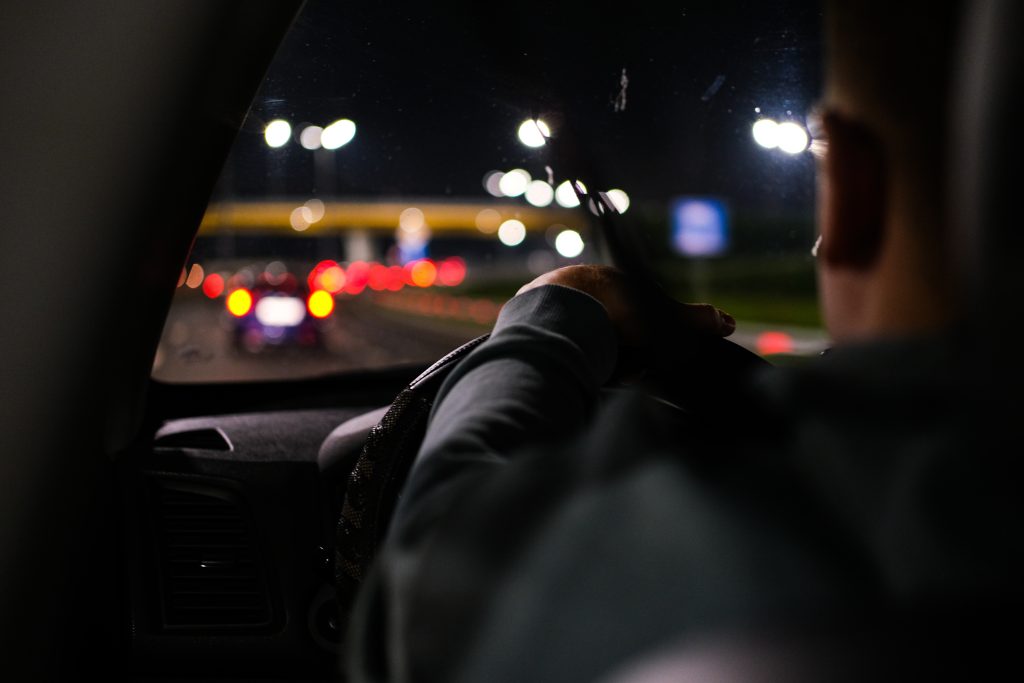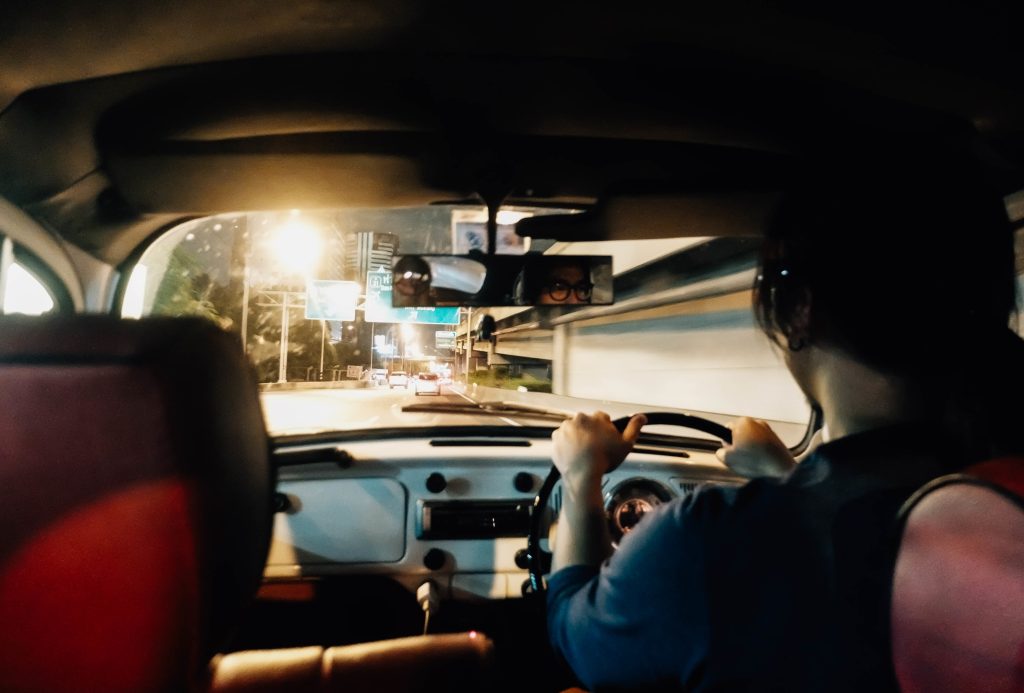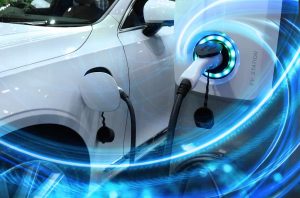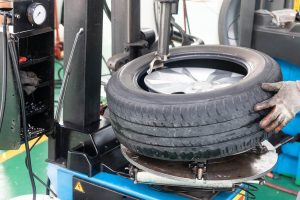Driving at night can be tricky, especially under adverse weather conditions or in heavy traffic.
In our previous blog on the Dos and Don’ts of night driving, we provided some useful tips on how to stay safe while driving at night.
As a follow-up, we are now bringing you 4 additional tips that might help you stay alert and prevent any accidents whilst driving at night:
1. Visibility is Key
One of the things that we mentioned in our previous blog for drivers to bear in mind whilst driving at night is the importance of seeing and being seen.
That’s why you should check your lights regularly, and even get your eyes checked in case you need glasses, because at night the lights become blurry, distances are misleading, and visibility in general is compromised.
Another recommendation would be to keep your windows clean, so that you have better front, side and rear vision.
2. Beware of Other Driver
It goes without saying, of course, that drinking and driving significantly increases the risk of having an accident, especially at night.
However, what we are going to recommend here is to stay alert and watch out for other drivers.
During the weekend, people tend to drink more, and some drivers don’t hesitate to sit behind the wheel after drinking.
As a result, their reaction speed is lowered and may lead to reckless behaviour, so our advice would be to keep an eye out for erratic behaviours on the road and maintain a safe distance.
Another advice would be to avoid staring at oncoming vehicles, since the glare of their beams might dazzle you.
Also, stay alert and watch out for cyclists (given how difficult it is to see them at night) and animals, since statistically, collisions with animals usually happen at dusk or at night.
If a wild animal is blocking your way or suddenly jumps in front of your car, slow down or even stop if it’s possible and avoid swerving.
3. Avoid Two-Lane Highways
The risk of being dazzled by other vehicle’s headlights or low beams is worse on two-lane roads and highways.
If possible, try to avoid them, since the oncoming cars’ headlights, along with the fact that these roads tend to have more sharp curves will significantly increase the risk of traffic crashes.
If you can, try to take an alternative route during night hours.
4. Drive Slower but at an Appropriate Speed
Given that you’re driving at night, you could be more tired and your reactions could be compromised, so we recommend driving at a safer and slower speed.
This slower speed should give you more time to react to obstacles and potential incidents, whilst also giving other drivers more time to react.






